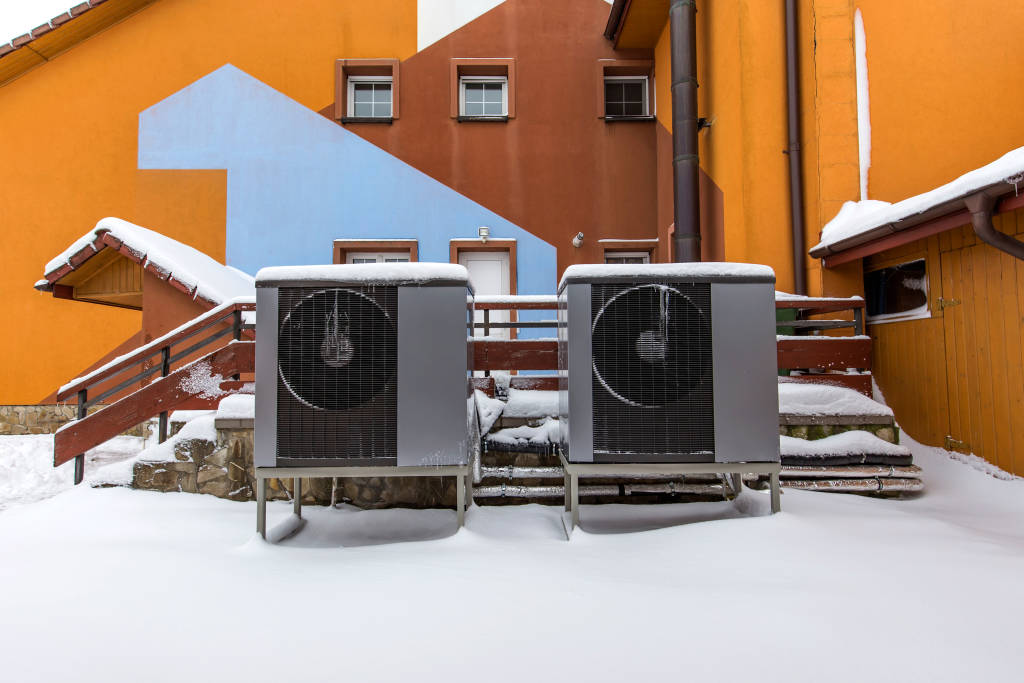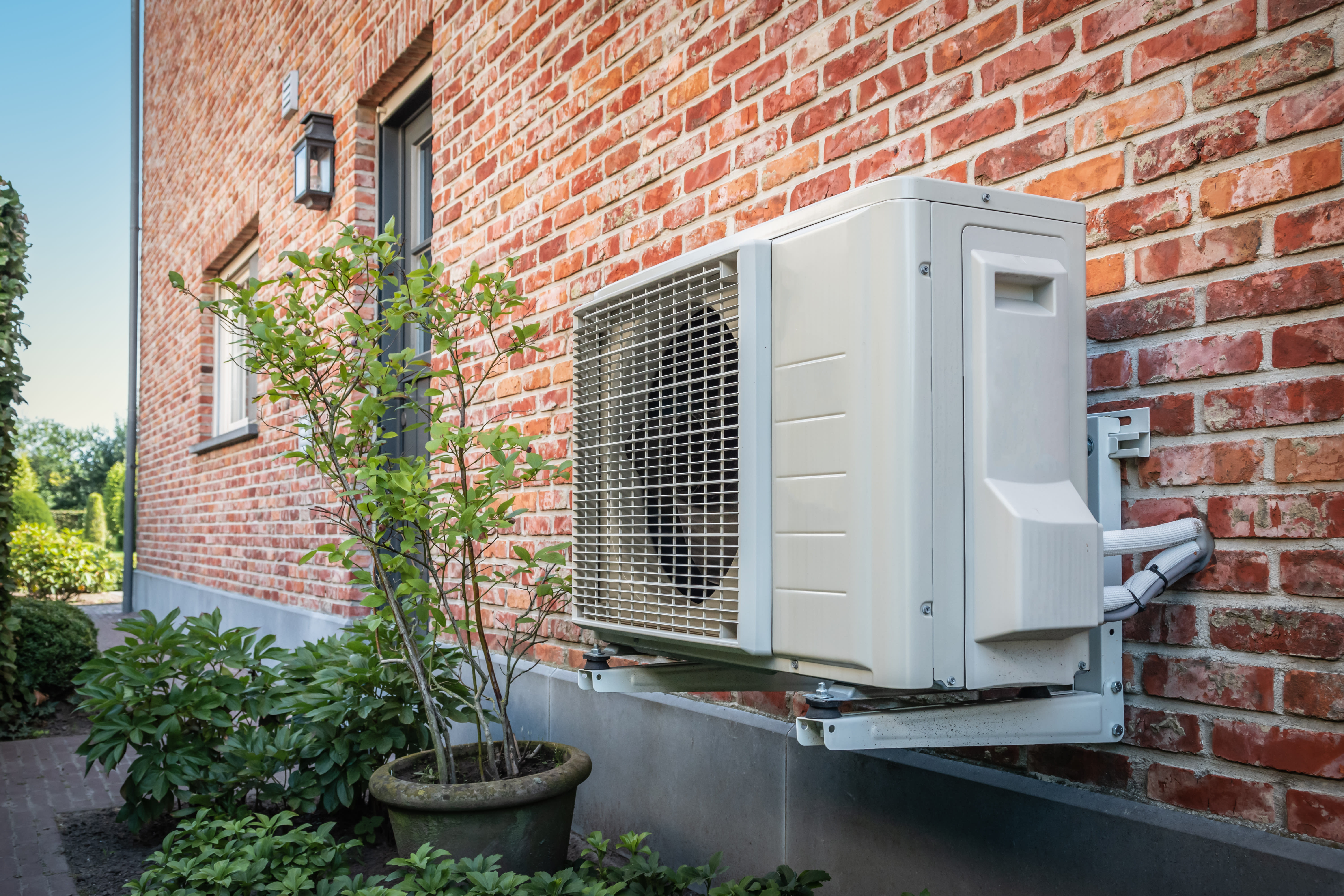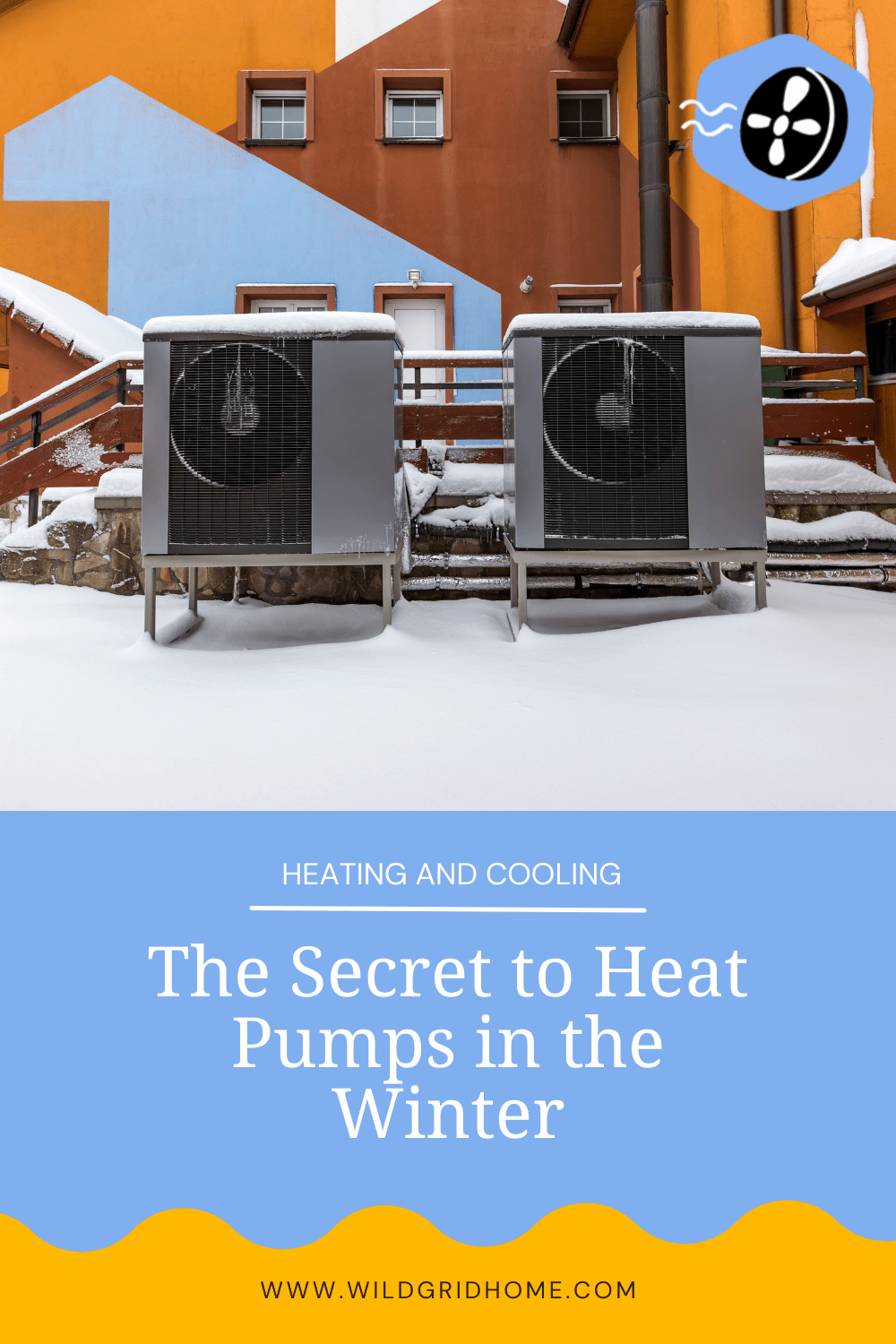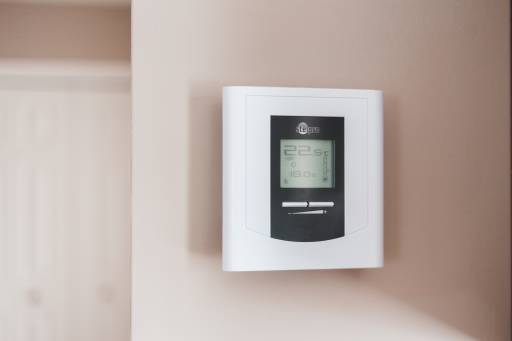The Secret to Heat Pumps in the Winter

Alongside breaking news of extreme weather events and experts calling for mass electrification, heat pumps are making headlines as the most energy efficient and climate-friendly way to heat your home.
But if you’ve read the fine print about how heat pumps function, you may be wondering: how do heat pumps work in the winter? ❄️

The Basics of Heat Pumps ✅
Heat pumps have two main components: one inside of your house and one outside, each containing a metal coil. A type of chemical known as a “refrigerant” is circulated between these coils in what is called a “refrigeration cycle.”
If you want to heat your house, the refrigerant is first passed through something you might see referred to as an “expansion device.” This is essentially an air pump that works to lower the pressure on the refrigerant, which allows the refrigerant to become a low temperature liquid (for those interested in the details of this/those who want to relive high school, look up the Gay-Lussac Law).
That liquid is then passed through the outside coil, where it absorbs heat from its environment and evaporates into a gas. That gas is run through a “compressor”, which increases the pressure on the gas, and consequently increases its temperature (again, see the Gay-Lussac Law).
From there, the refrigerant travels to the component that is inside of your house, where the heat from the gas transfers to the air surrounding the coil, which is then circulated through your house.
Mission accomplished! 💪
As the heat leaves the refrigerant, it condenses back into a liquid and is sent back to the expansion device to start the process all over again.
(Fun fact: this refrigeration cycle can be reversed during the summer months to transfer heat from your house to the outside, making your heat pump a two-in-one air conditioner!)

So how exactly do heat pumps work in winter? 🥶
The key to understanding how heat pumps work in the winter is remembering that temperature is just a measure of “thermal energy.”
The thermal energy an object or substance has is determined by how fast its atoms/molecules are moving. If something has a lot of thermal energy, its atoms are moving at high speeds, which translates to it having a high temperature. If something has less thermal energy, its atoms are moving at slower speeds, and it has a lower temperature.
This may lead you to think that at 0 degrees, something has no thermal energy. This is actually not true: for something to have absolutely no thermal energy, it has to have a temperature of 0 Kelvin.
Let’s back up. In everyday situations, we describe temperature using Fahrenheit or Celsius. Your body temperature is somewhere around 98.6 degrees Fahrenheit/37 degrees Celsius. If that number grows to 100.4 degrees Fahrenheit/38 degrees Celsius, you have a fever. Room temperature is about 68 degrees Fahrenheit/20 degrees Celsius.
But these are “relative” temperature scales, meaning they are defined in relation to a specific temperature. For example, the Celsius scale is constructed around the temperatures at which water freezes and boils: the freezing point of water is 0 degrees Celsius, and its boiling point is 100 degrees Celsius. 🧊 🔥
But there is a third temperature scale, the Kelvin scale (named after famous physicist Lord Kelvin 🤴), that is used more often in science. This temperature scale is directly related to thermal energy: 0 kelvin = zero thermal energy. Because of this, it is called an “absolute” temperature scale.
Here’s the kicker: 0 Kelvin is equivalent to -459.67 degrees Fahrenheit/-273.15 degrees Celsius. In relative terms: freaky fucking cold. So, even at temperatures we would consider unlivable, there is still thermal energy present, and refrigerants can capture it.
That's how heat pumps work in the winter.

When do heat pumps not work in the winter?
There is a temperature threshold under which refrigerants can no longer reliably capture thermal energy. It’s not super well-defined, but what it boils down to is this: if you live somewhere where winter temperatures are frequently way below freezing, heat pumps may become very expensive to operate or otherwise ineffective during the cold season.
There are two caveats to this caveat.
- If you get a water-to-air heat pump or a geothermal heat pump as opposed to an air-to-air heat pump, you can still have sufficient heat in the winter months. This is because water and earth tend to have higher, more stable temperatures than the air.
- If you get a hybrid heat pump, you’ll have a more traditional fossil-fuel-based heat source to use as a backup. There are also models with emergency heat sources that are electric.
Investing in things like insulation and window sealing can also help reduce operation costs when there’s a particularly aggressive nip in the air.
Long story short:
Can heat pumps work in the winter? Yes!
Heat pumps can function in the winter thanks to the thermal energy that is still around even at low temperatures, and the special properties of refrigerants.
So fear not, you can stay toasty warm without warming the planet even when it’s cold outside! ☺️ 🌎
For help finding a heat pump that will work for you, check out our planning tool!



